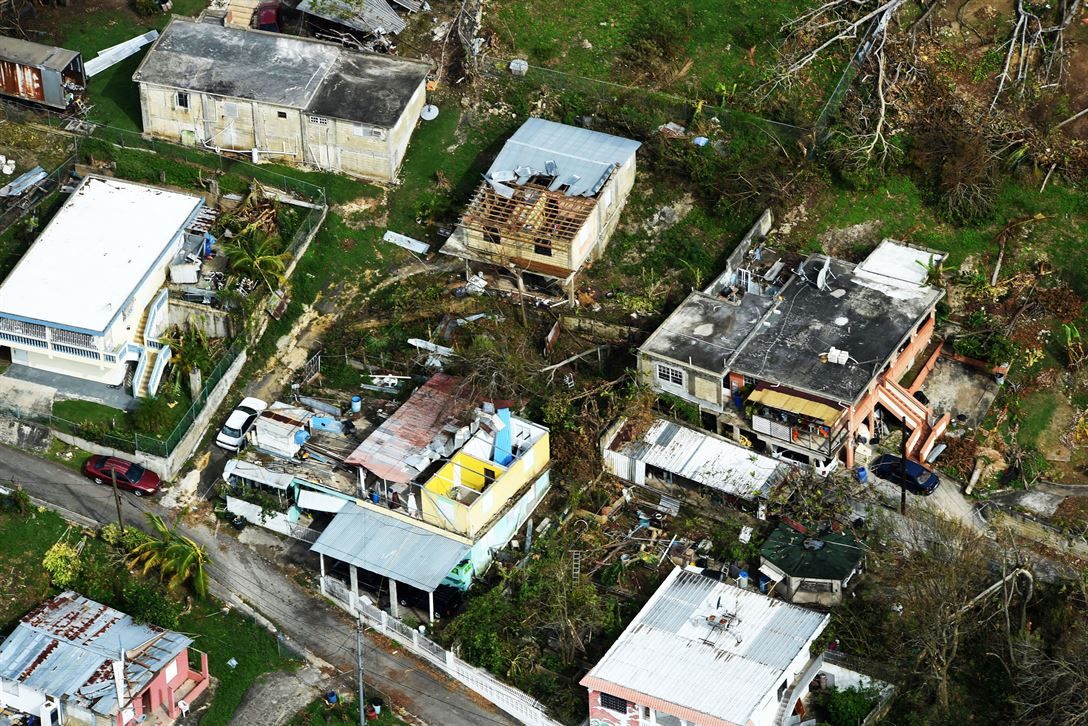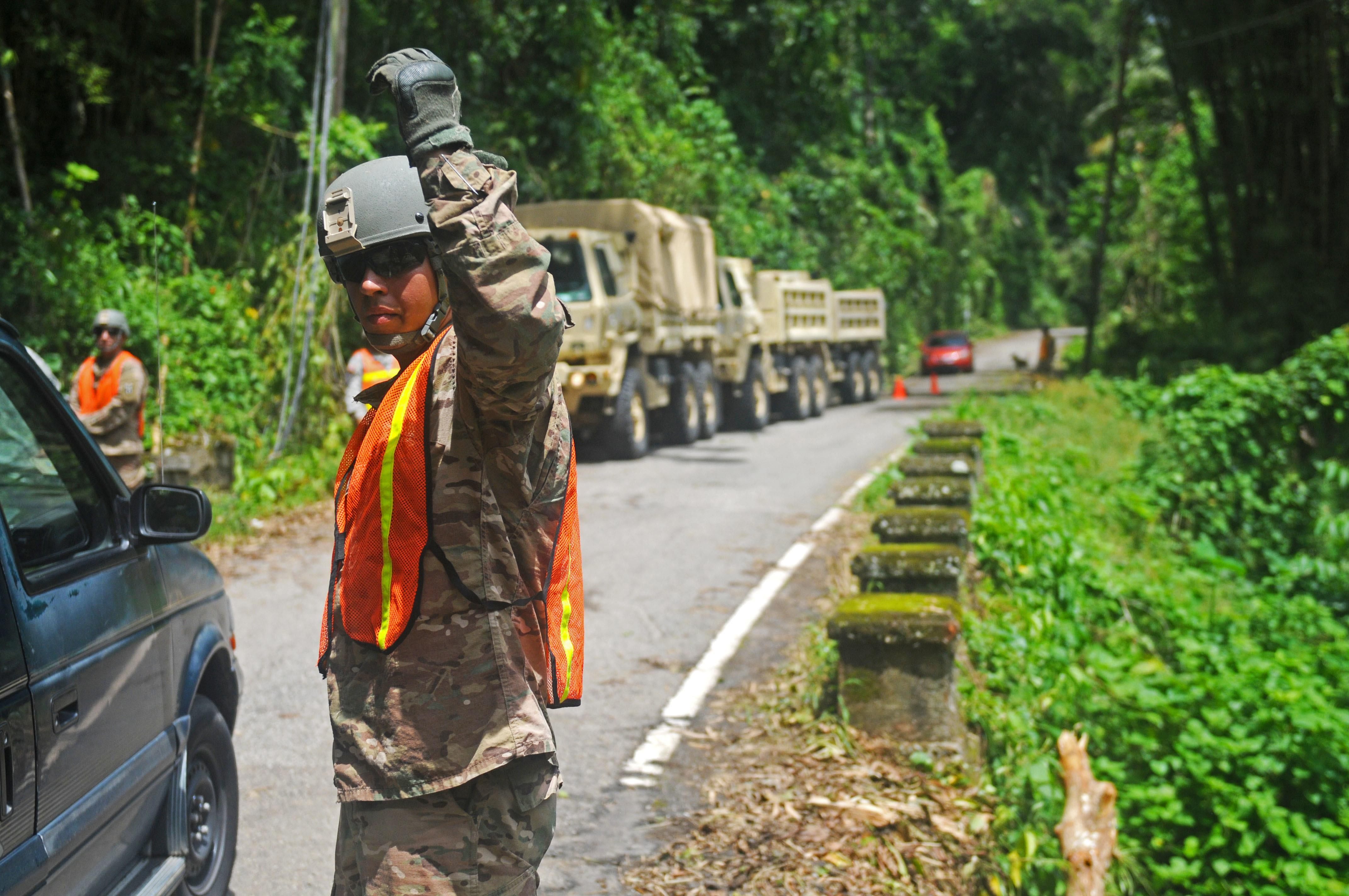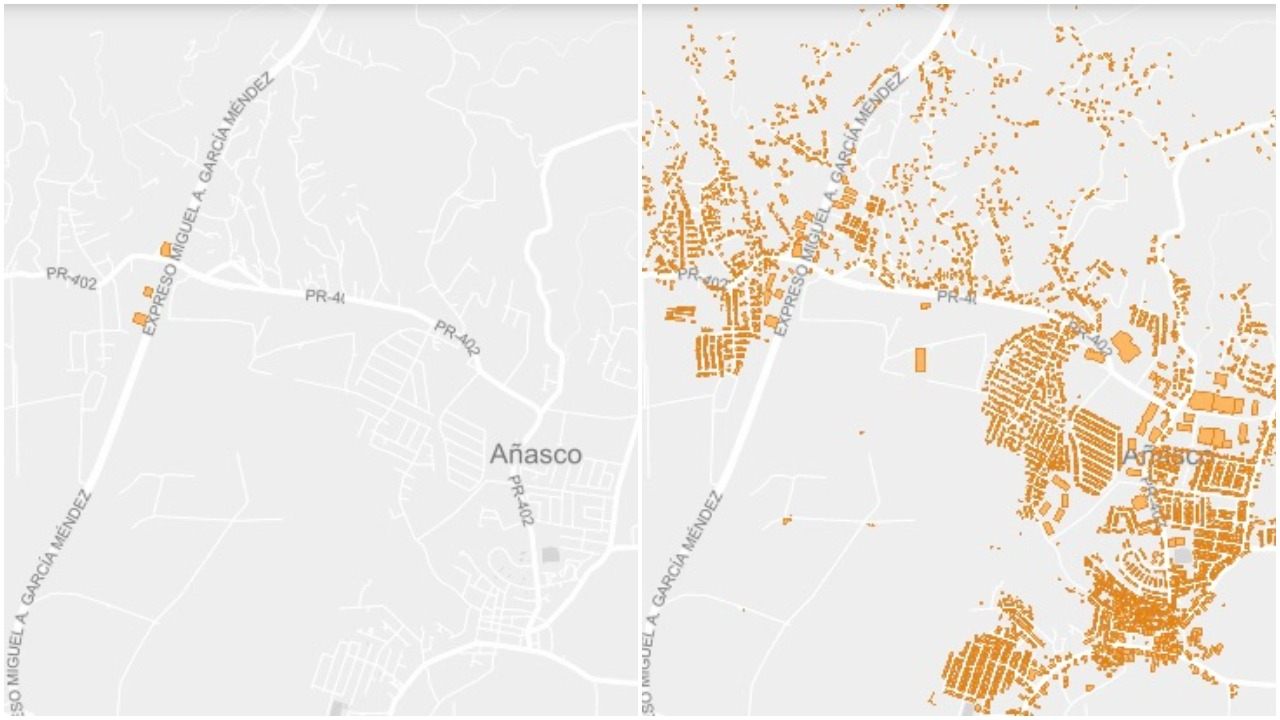Help Puerto Rico Recover by Mapping Damaged Areas
Response workers need the best possible information to direct aid.

In many parts of the world, it’s easy to take for granted the availability of incredibly detailed digital maps. From my apartment, I can look up my address and not only does Google Maps show the outline of every building in my very dense neighborhood, but it also knows about the yoga studio, the tiny pasta shop, and other local businesses tucked into otherwise residential buildings.
“When you go someplace like Dominica, you simply don’t have that,” says Tyler Radford, the executive director of Humanitarian OpenStreetMap Team, a nonprofit that does emergency mapping in the wake of disasters. “If you pull up a map, you won’t see the outline of each building. You’ll only see the major roads.”
These mapping disparities matter for governmental and humanitarian organizations delivering aid after a hurricane, earthquake, or other disaster. Radford’s organization mobilizes volunteers from around the world to try to fill in those gaps, fast. Currently, they have a call out for volunteers to help improve digital maps of Puerto Rico and Dominica, in the wake of Hurricanes Maria and Irma, areas of Mexico City affected by the earthquake, and Bangladesh and Nepal, which experienced extreme flooding in August. Anyone can sign up to help create maps that will aid workers on the ground.

The Humanitarian OpenStreetMap Team was initially organized after the Haiti earthquake in 2010. At the time, the maps available of the country were on paper, and mostly out of date. A loose network of volunteers started using OpenStreetMap, which uses open-source geospatial data, and satellite imagery to create better, digitally available maps of the area. In the wake of that earthquake, hundreds of maps were made with the aim of helping people on the ground—too many to be helpful, actually. In the years since, emergency disaster mappers have worked to coordinate their responses to provide more limited, more directed, higher quality maps—so the disaster response workers might be able to use them.
In this case, the Humanitarian OpenStreetMap Team works with partner organizations in the field to identify real needs. It also has a system for helping coordinate thousands of volunteers, so they’re not duplicating efforts. “We can have people looking over hundreds, sometimes thousands of square kilometers of area in a short amount of time,” says Radford. “You add all those bite-sized chunks together and it’s a lot of area quickly.”
Here’s what this work looks like in practice. On the left is a map before volunteers went through and marked all the buildings on satellite images of Añasco on the western side of the island. Their results are on the right.

By mapping buildings in affected areas, for instance, volunteers can help the group’s partner organizations understand how big the communities they’re trying to reach are, and what scale of aid they might need. With detailed maps of an area before a disaster strikes, it’s also possible to compare those maps with satellite photos, to get a sense of the damage.
Helping out with this effort is easy. You just need to sign up for an OpenStreetMaps account, spend five to ten minutes learning to use the simple tools, and follow a set of simple instructions. (i.e., “Simply draw round the outline of the building and tag them as ‘building’.”) And there’s still plenty more work to be done.













Follow us on Twitter to get the latest on the world's hidden wonders.
Like us on Facebook to get the latest on the world's hidden wonders.
Follow us on Twitter Like us on Facebook